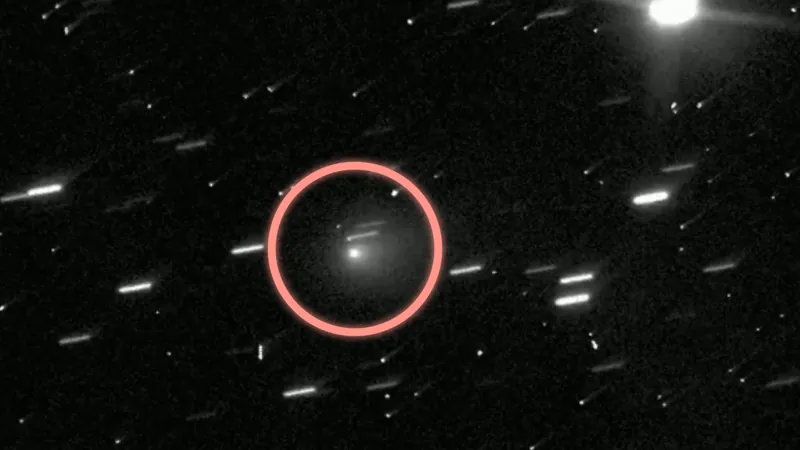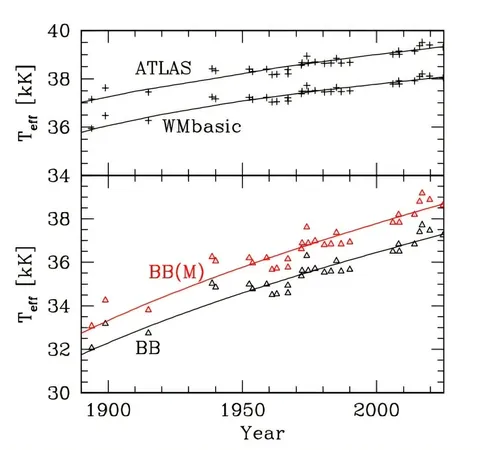
Hubble Unveils Ancient Interstellar Visitor: Comet 3I/ATLAS!
2025-07-22
Author: Wei Ling
Historic Discovery by Hubble
In a thrilling astronomical first, the Hubble Space Telescope has captured images of comet 3I/ATLAS, marking it as only the third known interstellar object to venture into our solar system. This celestial body follows the historic sightings of 1I/'Oumuamua in 2017 and 2I/Borisov in 2019, both of which have since departed our cosmic neighborhood.
The Age of Comet 3I/ATLAS
What makes 3I/ATLAS particularly intriguing is not just its interstellar origin, but its astonishing age. Recent studies suggest that this comet hails from a region of the Milky Way that predates our own solar system, estimated to be around 7 billion years old. If confirmed, 3I/ATLAS would be the oldest comet humanity has ever observed, offering a tantalizing glimpse into the early cosmos.
Excitement Among Astronomers
Astrophysics enthusiast and social media user @astrafoxen.bsky.social was quick to share the Hubble images on Bluesky, noting the comet’s distinctive, puffy coma and the cosmic rays that pepper the stunning visuals. Their excitement reflects the wider scientific community’s eagerness to analyze this remarkable find.
Groundbreaking Research Underway
A research paper already in preprint status reveals fascinating details about 3I/ATLAS. Preliminary findings from optical and near-infrared spectroscopy point to an active comet rich in water ice and exhibiting a dust composition akin to D-type asteroids, which are known to harbor organic materials and water.
A Cosmic Treasure Hunt
Since its discovery on July 1, 2025, by the ATLAS survey telescope, astronomers have rallied to observe 3I/ATLAS with a variety of instruments. Among these is the newly inaugurated Vera C. Rubin Observatory, equipped with the largest digital camera in existence. This state-of-the-art facility aims to uncover between 5 and 50 new interstellar objects during its decade-long Legacy Survey of Space and Time.
Peering Into the Unknown
As 3I/ATLAS makes its journey through the solar system, it offers astronomers a unique opportunity to study the origins of celestial bodies beyond our home. The excitement surrounding this comet signals a new era in our understanding of interstellar phenomena and planetary system formation—one that promises to expand our knowledge of the universe.




 Brasil (PT)
Brasil (PT)
 Canada (EN)
Canada (EN)
 Chile (ES)
Chile (ES)
 Česko (CS)
Česko (CS)
 대한민국 (KO)
대한민국 (KO)
 España (ES)
España (ES)
 France (FR)
France (FR)
 Hong Kong (EN)
Hong Kong (EN)
 Italia (IT)
Italia (IT)
 日本 (JA)
日本 (JA)
 Magyarország (HU)
Magyarország (HU)
 Norge (NO)
Norge (NO)
 Polska (PL)
Polska (PL)
 Schweiz (DE)
Schweiz (DE)
 Singapore (EN)
Singapore (EN)
 Sverige (SV)
Sverige (SV)
 Suomi (FI)
Suomi (FI)
 Türkiye (TR)
Türkiye (TR)
 الإمارات العربية المتحدة (AR)
الإمارات العربية المتحدة (AR)